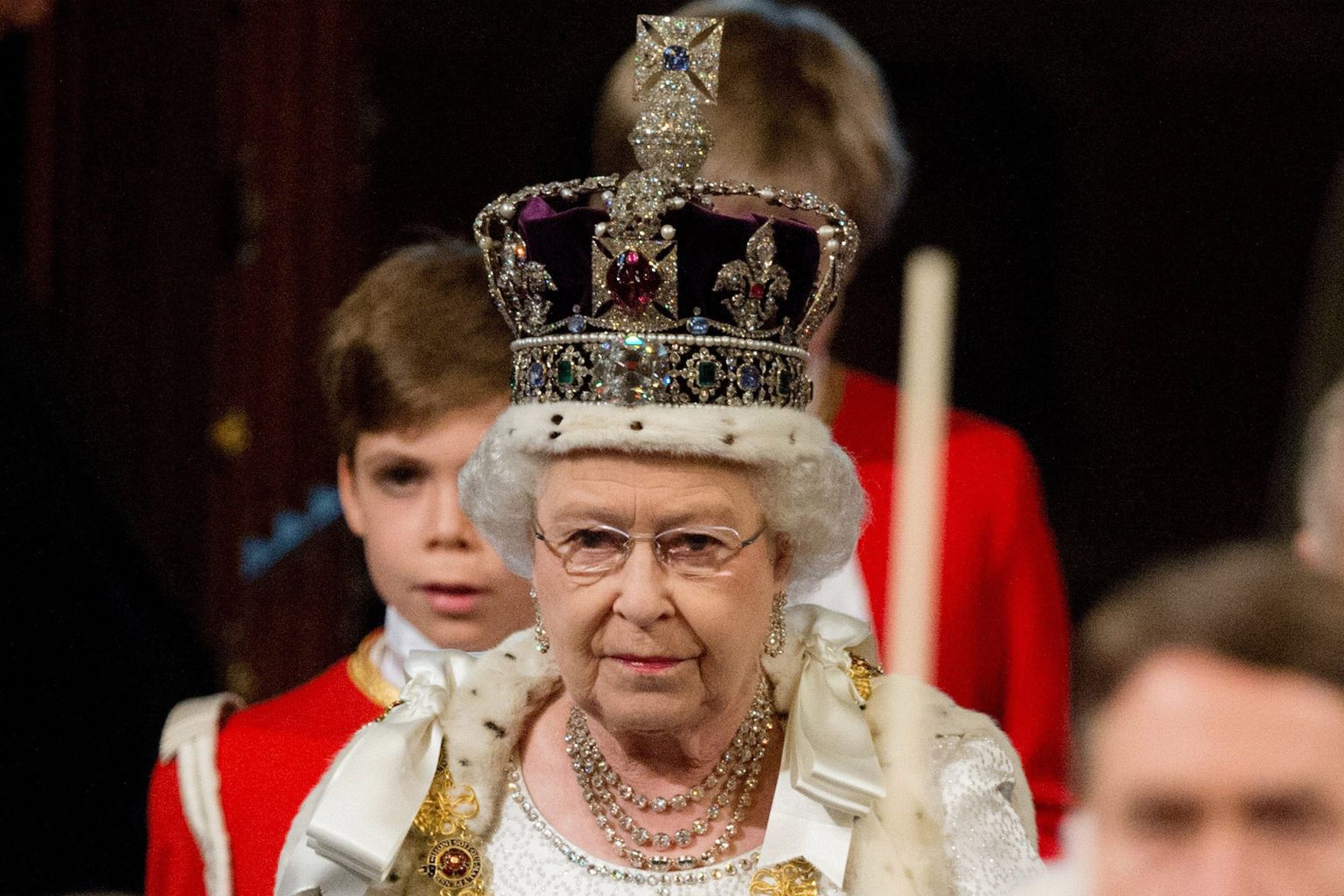Queen Elizabeth II, a monarch renowned for her pragmatic approach, prepared for the weighty responsibility of her coronation in a uniquely practical way. As revealed by her son, King Charles III, she incorporated the Imperial State Crown into her daily routine, even wearing it during her children’s bath time. This unusual practice, as Charles recalled, was a method to acclimate herself to the crown’s substantial weight and ensure comfort during the lengthy coronation ceremony. This anecdote highlights Elizabeth’s dedication to her role and her proactive approach to overcoming challenges. It offers a glimpse into the private life of a queen preparing for a pivotal moment in history, showcasing her down-to-earth nature amidst the grandeur of royalty.
The significance of this practice becomes even more apparent when considering the weight of the crowns. The St. Edward’s Crown, used solely for coronations, weighs five pounds, while the Imperial State Crown, though lighter, is still a considerable burden. Charles emphasized the necessity of becoming accustomed to the weight, noting the discomfort and the need to maintain a fixed gaze to avoid straining the neck. This physical preparation underscores the demanding nature of royal regalia and the queen’s commitment to maintaining composure during important ceremonies. It also reveals the hidden physical demands of monarchy, demonstrating that even symbolic objects can carry a significant physical toll.
This intriguing detail emerged during the filming of a new documentary, “Coronation Girls,” which follows a group of Canadian women who attended Elizabeth’s coronation in 1953. During a visit to Buckingham Palace, the women had a surprise encounter with King Charles, who shared this personal anecdote about his mother. His reminiscence provided a rare insight into the queen’s preparations and offered a glimpse into her resourcefulness. The anecdote also served as a connecting point between Charles and the Coronation Girls, sharing a personal memory of his mother with those who witnessed her coronation.
The documentary “Coronation Girls” offers a poignant reunion of these Canadian women, bringing them back to London to reflect on their lives and the historical event they witnessed. The women were given a tour of Buckingham Palace and, unexpectedly, met with King Charles. During their meeting, the King shared not only the anecdote about his mother’s crown practice but also his own childhood memories of the coronation. This unexpected encounter added an emotional layer to the documentary, connecting the past with the present and showcasing the enduring impact of Queen Elizabeth’s reign.
The revelation about the crown practice further underscores the inherent challenges and responsibilities associated with monarchy. The crowns themselves, imbued with historical significance and priceless jewels, are treated with utmost care and security. Even a seemingly simple act like a hair trial with a tiara requires elaborate security measures, highlighting the precious nature of these royal artifacts. This meticulous care underscores the symbolic weight of these objects and the reverence with which they are regarded, demonstrating the intense security and protocol surrounding the British monarchy.
Queen Elizabeth herself acknowledged the challenges of wearing the Imperial State Crown during a 2018 documentary. She described the difficulty of reading her speech during the State Opening of Parliament, noting the physical strain on her neck and the necessity of holding the speech aloft. This personal account further emphasizes the physical demands of wearing the crown, reinforcing the practicality of her pre-coronation practice. The documentary offers a fascinating juxtaposition of the grandeur and symbolic importance of the crown with the practical realities of wearing such a heavy and cumbersome object, proving that even the most symbolic of roles comes with its own set of unique challenges.

